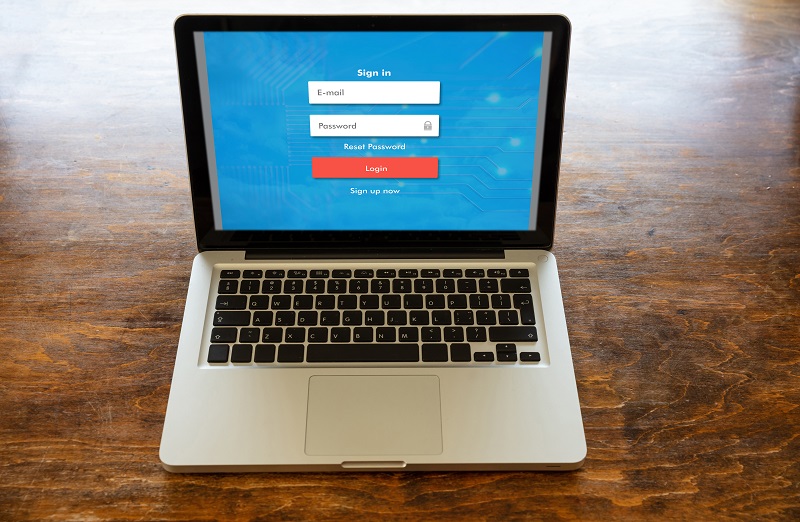Start A Conversation
Click here to chat with me!
Search our website now
Latest Posts
So many companies these days are boasting about their “cloud” offerings. And since vendors don’t always define the word “cloud” the same way, how is an end-user consumer supposed to figure it out? So for the purposes of this BLOG, think of the cloud as hosting something (apps and data) somewhere else besides your onsite…
Computer support today is provided by entities called Managed Service Providers or “MSPs”. In the world of MSPs where there are many players and it helps to peer behind the curtain to see who can stand by their own technology and who may just be a glorified reseller. It’s becoming less and less common for…
Google Documents is one of the most used applications in business for sharing and collecting data from multiple entities. Now, hackers are using sophisticated pages to mirror those of Google Documents log-in screens hoping to trick users into offering up their valuable log in information to not only steal data but increase the reach of…
With individuals and companies understanding that security and phishing risks are on the rise, the implementation of 2FA (2 Factor Authentication) has become increasingly more prevalent. 2FA allows a user to add a level of security by adding another “factor”, besides their password that they must enter correctly to gain access to their account. Typically,…
Learn the fundamentals After the inception of the cloud in the world of technology in 2006, we saw a rise in the number of providers delivering ascendable, on-demand customizable applications for personal and professional needs. Identified nowadays as cloud computing, in most basic terms it is the delivery of IT services through the Internet including…





